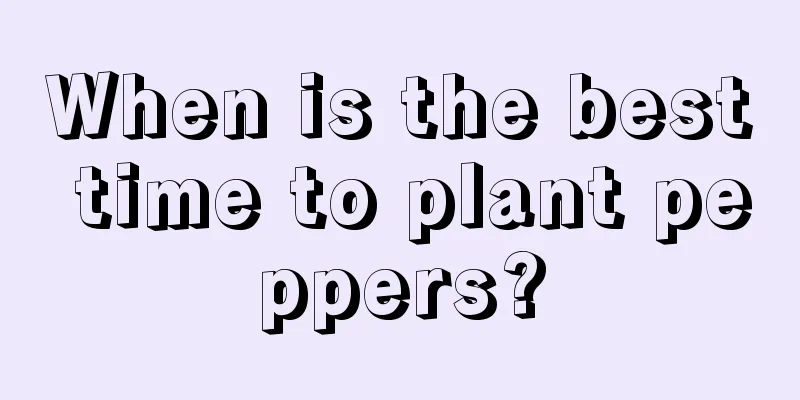How to plant Viola yedoensis seeds

Soil selectionViola yedoensis can be found in most parts of our country. From this it is not difficult to see that it has a strong ability to adapt to the environment. At the same time, it also shows that it is not demanding on planting soil, and general planting soil can meet its growth needs. However, it is afraid of waterlogging, which requires that the cultivation soil cannot have water accumulation and must have good drainage capabilities. In addition, if it is potted, we can adjust and select the cultivation soil more conveniently. Choosing a cultivation soil with relatively high fertility and relatively strong air permeability can make it grow better. Potting methodThe first thing you need for potted plants is a pot. The size of the pot can be determined according to the amount of planting, but there must be drainage holes at the bottom of the pot. Pour the prepared cultivation soil into a flowerpot and level the soil surface. At this time, be careful not to fill the flower pot completely, but leave a certain height so that you don't have to worry about water overflowing when watering later. Take a large basin and fill it with clean water. Immerse the flower pot in the water and let the water slowly seep into the growing soil from the drainage holes at the bottom of the flower pot. Wait until the surface of the growing soil in the pot changes color, take out the pot, and wipe off the water on the bottom and walls of the pot. Then spread the seeds evenly on the soil surface. At this time, you must pay attention to the appropriate planting distance and handle the seeds with care to ensure that the seeds will not be damaged. Cover the seeds with a layer of potting soil. Be careful not to cover it too thick, 1cm~2cm is enough. Finally, place the flower pot in a room with dim light and add water in time, and the Viola yedoensis will sprout soon. Ground planting methodCompared with other seeds, the seeds of Viola yedoensis are very small, so it is better to sow them in holes rather than broadcasting them. First you need to choose a planting site. It is best to plant it on a sunny slope. If conditions do not permit, you can choose to plant it in other places because it has strong adaptability and can adapt to different environments. However, it cannot be planted in a low-lying area because water will accumulate in the area, which can easily cause its roots to rot. Before sowing, prepare the land and turn the soil more than 30cm deep. Then dig holes and sow the seeds into the holes. The hole should not be too deep, and not too many seeds should be planted in one hole; 2 to 3 seeds are enough. Finally, rake the soil surface to make the seeds completely submerged in the soil, water to retain moisture and facilitate germination. |
<<: Taboos on growing pine red plum in winter
>>: How to plant blue spinach seeds
Recommend
How to grow cherry tomatoes in pots
1. Prepare the substrate Before planting potted c...
How to make the Alocasia odora bloom
1. The temperature should be appropriate Like mos...
Cultivation and management methods of potted bergamot
1. Cultivation and management methods 1. Repottin...
Where is the best place to plant August fried
August fried planting place August Explosion gene...
How to raise a child
Reproduction The plant mainly relies on the side ...
Can bougainvillea be propagated by cuttings?
The flowers of bougainvillea are colorful, and ma...
The correct cultivation method of snow willow
In life, many friends like to grow some plants. I...
How to manage Caladium during its dormancy period
Management of Caladium Caladium enters a dormant ...
How to grow red palace water plants well
Growth conditions of red palace water grass The t...
How to grow pineapples
1. Preparation before sowing Cut off the crown bu...
Where do rice seeds come from?
How do rice seeds come from? Rice is a seed plant...
The role of canna
Decorative effect The most obvious function of ca...
Plant a pot of "black fruit" at home. It is not only beautiful but also can clear away heat and detoxify, making your family healthier!
Huahua knew that there was a plant that grew in t...
What to do if lucky bamboo freezes to death? How to keep lucky bamboo warm in winter
1. What to do if you freeze to death If the lucky...
Cultivation methods and maintenance matters of old wintersweet piles
Cultivation method of old wintersweet pile The ma...









